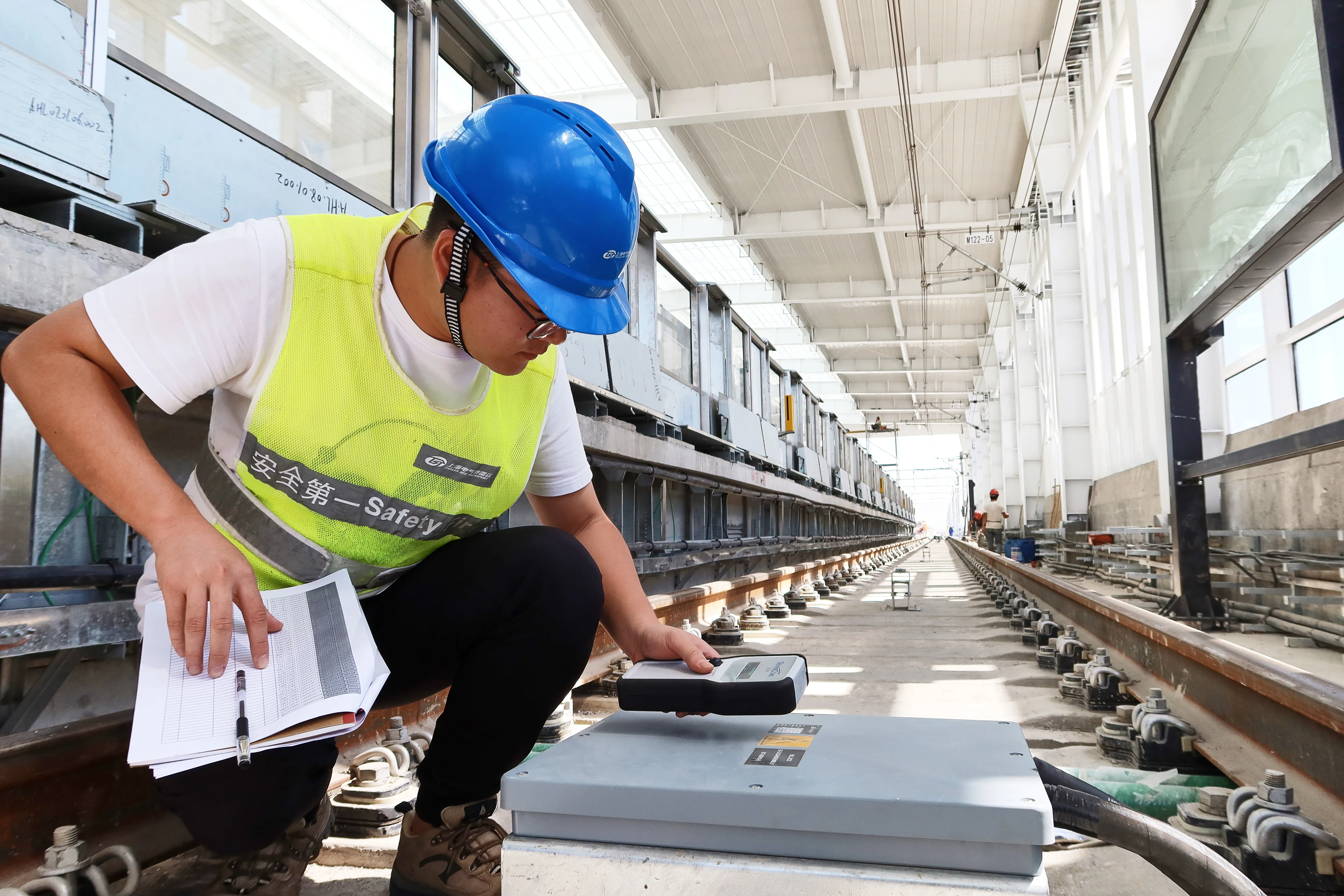The European Union is to co-finance a project to electrify a 58 km section of British rail infrastructure with US$6.5 million from the TEN-T Programme. The project, which was selected for funding under the 2011 TEN-T Annual Call, is part of the Railway/road axis Ireland/United Kingdom/continental Europe TEN-T Priority Project 26, and will bring considerable benefits to rail traffic in the area. The project consists of the works necessary to install a 25kV AC overhead electrification line on a 58 km single
December 12, 2012
Read time: 2 mins
The 1816 European Union is to co-finance a project to electrify a 58 km section of British rail infrastructure with US$6.5 million from the TEN-T Programme. The project, which was selected for funding under the 2011 TEN-T Annual Call, is part of the Railway/road axis Ireland/United Kingdom/continental Europe TEN-T Priority Project 26, and will bring considerable benefits to rail traffic in the area.
The project consists of the works necessary to install a 25kV AC overhead electrification line on a 58 km single track railway line between Castlefield Junction in Manchester and Newton-le-Willows and Lowton Junctions (roughly halfway to Liverpool). Works include establishing suitable electrical and gauge clearances along the concerned route, and the installation of 25kV overhead line equipment.
Once finalised, the electrification project will bring considerable benefits for:
• Passengers: Additional trains due to better route management plus an electrified direct route to Manchester Airport
• Rail freight transport: Enhanced capacity between Manchester and TEN-T Priority Project 14 (West Coast Main Line)
• Freight forwarders: Lower costs thanks to reduced costs of leasing, operating and maintaining electric trains
• The environment: reduced emissions as diesel trains are phased out in favour of electric ones
The project will be managed by the6025 Trans-European Transport Network Executive Agency and is set to be completed by December 2014.
The project consists of the works necessary to install a 25kV AC overhead electrification line on a 58 km single track railway line between Castlefield Junction in Manchester and Newton-le-Willows and Lowton Junctions (roughly halfway to Liverpool). Works include establishing suitable electrical and gauge clearances along the concerned route, and the installation of 25kV overhead line equipment.
Once finalised, the electrification project will bring considerable benefits for:
• Passengers: Additional trains due to better route management plus an electrified direct route to Manchester Airport
• Rail freight transport: Enhanced capacity between Manchester and TEN-T Priority Project 14 (West Coast Main Line)
• Freight forwarders: Lower costs thanks to reduced costs of leasing, operating and maintaining electric trains
• The environment: reduced emissions as diesel trains are phased out in favour of electric ones
The project will be managed by the









